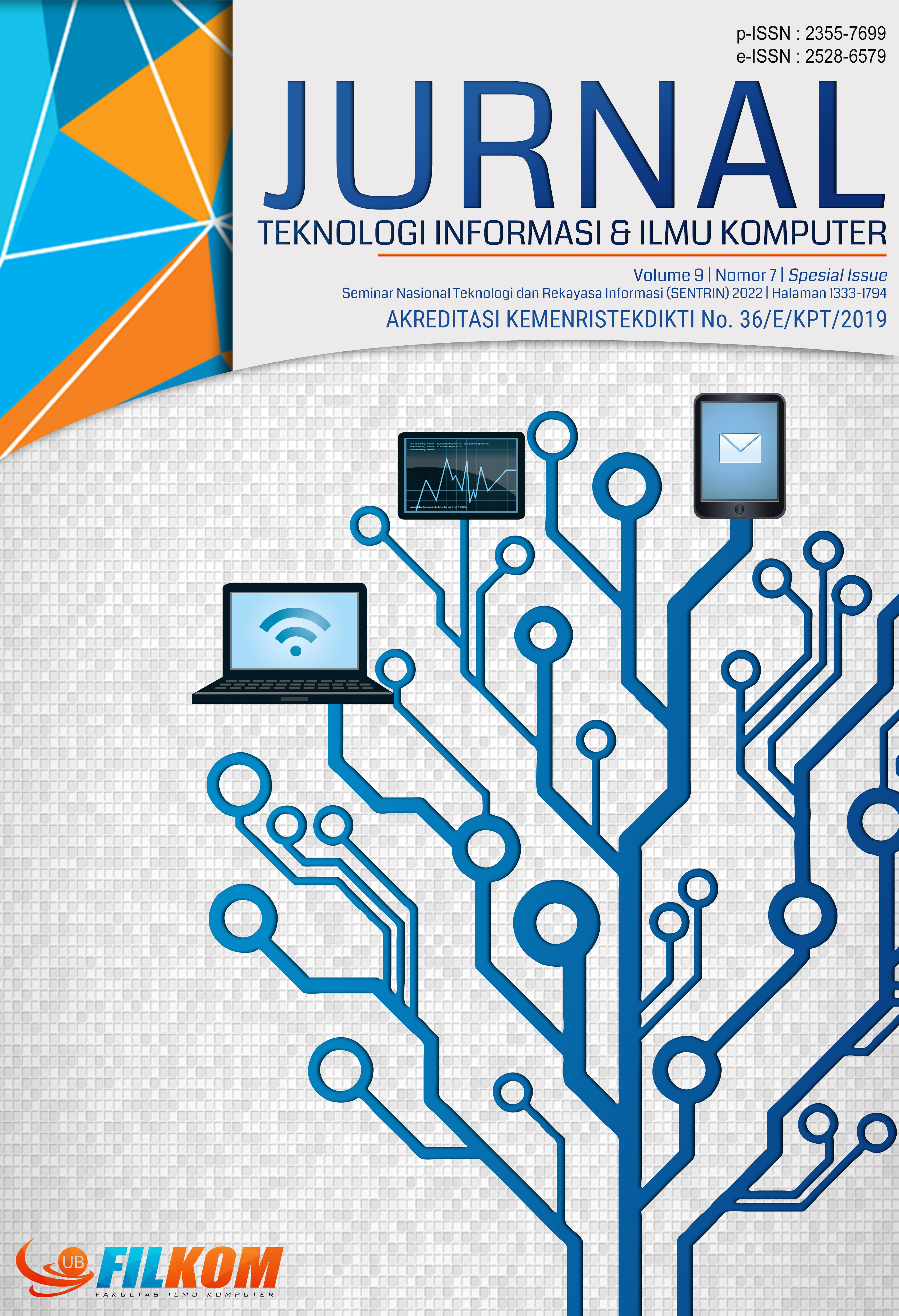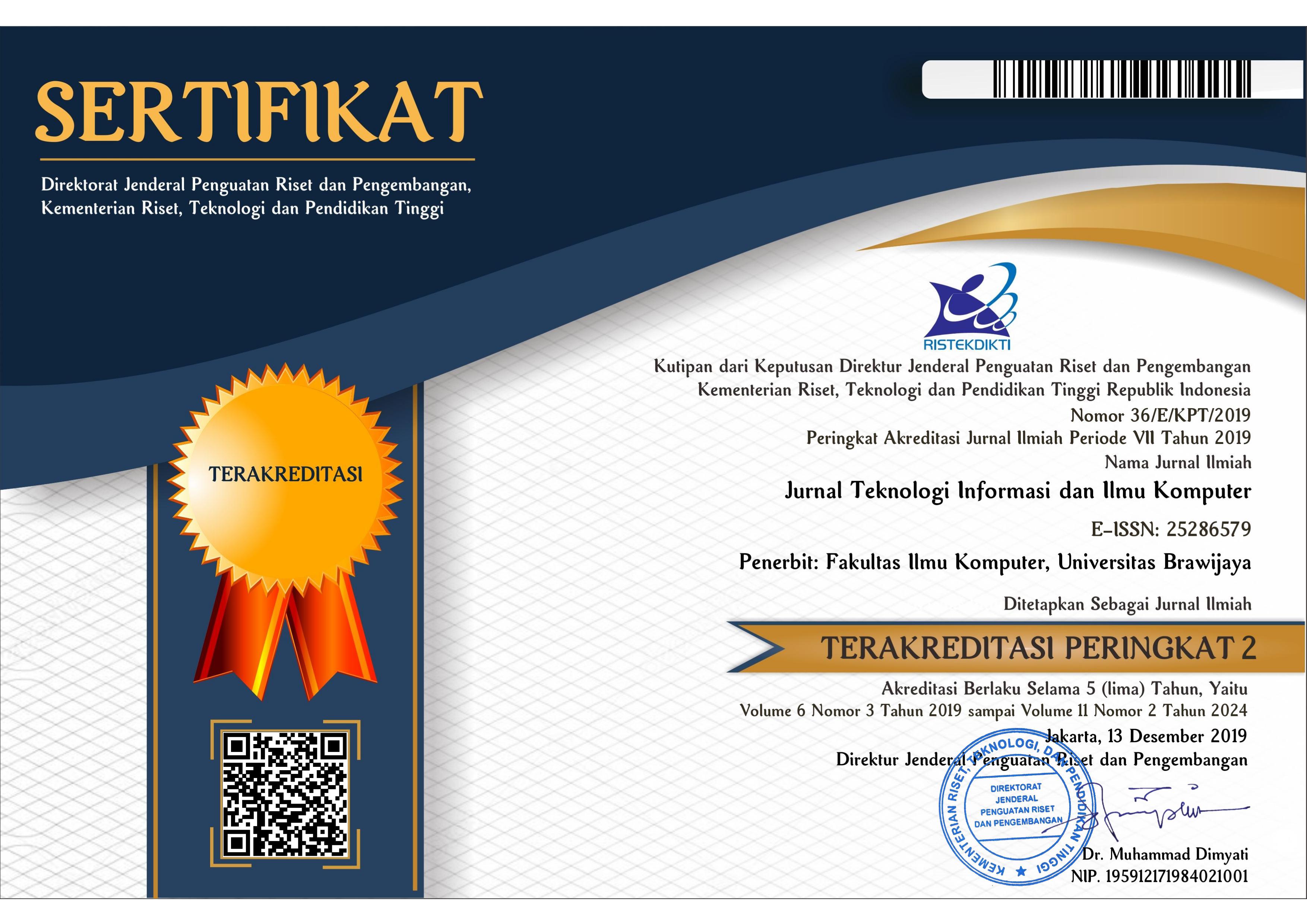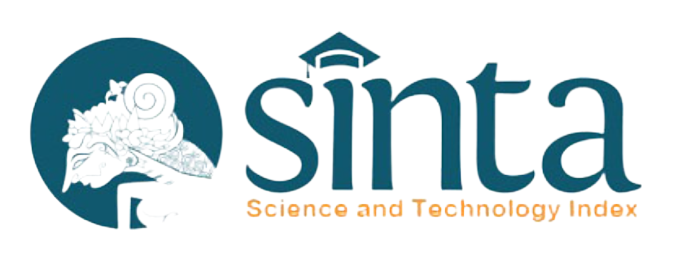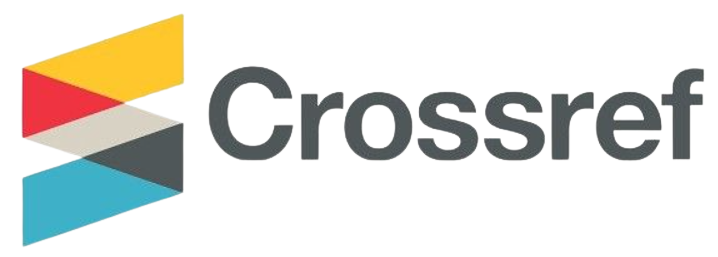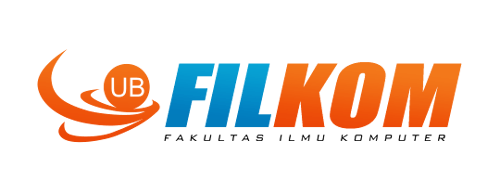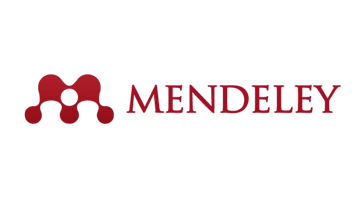Pengembangan Fast Render Objek Grafis Menggunakan Shader dan Non-Shader Berbasis WebGL dari Primitive Object untuk Membuat Raw Metaverse Material Objek Skybox 3D di Filkom UB
DOI:
https://doi.org/10.25126/jtiik.2022976739Abstrak
Dalam perkembangannya, teknologi komputer telah mengalami peningkatan yang cukup signifikan. Seiring berkembangnya komputer sekarang, setiap pengembang dapat merekayasa suatu objek di dunia maya. Permasalahan pengembangan yang muncul biasanya terkait kecepatan proses render rekayasa objek yang dalam penelitian ini membuat raw metaverse material berupa penambahan objek dasar grafis 3D (bola, kubus, torus, silinder, dan lainnya) pada Skybox sebagai bagian dari augmented reality dengan disertai efek tekstur mapping, pencerminan, gradasi pewarnaan, dan animasi kontrol pergerakan objek. Salah satu hasil dari berkembangnya Grafika Komputer ini adalah munculnya WebGL yang mendukung penggunaan shader maupun non-shader untuk mengatasi permasalahan tersebut, yaitu sebuah JavaScript API yang digunakan untuk rendering grafis 3D interaktif dan grafis 2D dalam browser web yang kompatibel tanpa menggunakan plug-in. Semenjak kemunculan WebGL ini, banyak pengembang/developer browser yang telah memanfaatkannya ke dalam browser mereka. Karena sistemnya yang interaktif dan tidak memerlukan plug-in, WebGL mendapat sebutan “future of the internet” atau “masa depan dari internet”. Pada penelitian ini diberikan pengembangan contoh dari apa yang dapat dilakukan melalui Grafika Komputer dan WebGL, yaitu untuk pembuatan raw metaverse material objek Skybox 3D di FILKOM UB dengan beberapa macam penambahan augmented reality objek grafis 3D. Hasil pengamatan pengujian pada beberapa skenario yang berbeda berdasarkan lama waktu proses render objek untuk membuat raw metaverse material objek Skybox 3D tersebut, didapatkan rata-rata waktu 0,12668 detik.
Abstract
In its development, computer technology has undergone a fairly significant improvement. Along with the development of computers today, any developer can engineer an object in the virtual world. The development problems that arise are usually related to the speedy rendering process of object engineering which in this study is making raw metaverse material in the form of adding basic 3D graphic objects (balls, cubes, torus, cylinders, and others) to the Skybox as part of augmented reality accompanied by effects of texture mapping, mirroring, coloring gradations, and animation control of object movements. One of the pillars of the development of Computer Graphics is the emergence of WebGL that supports the use of shaders and non-shaders to solve these problems, i.e., a JavaScript API utilized for rendering interactive 3D graphics and 2D graphics in compatible web browsers without using plug-ins. Since the emergence of WebGL, many browser developers have utilized it into their browsers. Because the system is interactive and does not require plug-ins, WebGL gets the name of “the future of the internet”. In this study, an example of the development of the thing can be performed through Computer Graphics and WebGL was given, i.e., for the creation of raw metaverse material of 3D Skybox objects at FILKOM UB with several kinds of addition of augmented reality 3D graphic objects. The results of testing observations in several different scenarios based on the length of time for the object rendering process to create the raw metaverse material of the 3D Skybox object obtained an average time of 0.12668 seconds.
Downloads
Referensi
CHOLISSODIN, I., 2022. Materi MK Grafika Komputer 2022 Filkom UB [WWW Document]. URL https://github.com/imamcs19/fpgrafkom-2022 (accessed 8.1.22).
CHOLISSODIN, I., KURNIAWATI, M., 2014. Buku Grafika Komputer Pada Android.
ECK, D.J., 2021. Introduction to Computer Graphics [WWW Document]. URL https://math.hws.edu/graphicsbook/index.html (accessed 8.1.22).
KOLAEI, A.Z., HEDAYATI, E., KHANZADI, M., AMIRI, G.G., 2022. Challenges and opportunities of augmented reality during the construction phase. Automation in Construction 143, 104586. https://doi.org/10.1016/j.autcon.2022.104586
LIU, D., PENG, J., WANG, Y., HUANG, M., HE, Q., YAN, Y., MA, B., YUE, C., XIE, Y., 2019. Implementation of interactive three-dimensional visualization of air pollutants using WebGL. Environmental Modelling & Software 114, 188–194. https://doi.org/10.1016/j.envsoft.2019.01.019
MATHUR, M., BROZOVICH, J.M., RAUSCH, M.K., 2022. A brief note on building augmented reality models for scientific visualization. Finite Elements in Analysis and Design 103851. https://doi.org/10.1016/j.finel.2022.103851
MATSUDA, K., LEA, R., 2013. WebGL Programming Guide [WWW Document]. URL https://sites.google.com/site/webglbook/home (accessed 8.1.22).
NUSANTARA, P.H.I., 2021. Mengenal SaaS, IaaS, dan PaaS dalam Cloud Computing [WWW Document]. Helios. URL https://www.helios.id/blog/detail/mengenal-saas-iaas-dan-paas-dalam-cloud-computing (accessed 8.1.22).
PALACIOS-IBÁÑEZ, A., NAVARRO-MARTÍNEZ, R., BLASCO-ESTEBAN, J., CONTERO, M., CAMBA, J.D., 2023. On the application of extended reality technologies for the evaluation of product characteristics during the initial stages of the product development process. Computers in Industry 144, 103780. https://doi.org/10.1016/j.compind.2022.103780
PARKINSON, M., 2020. The Power of Visual Communication. Billion Dollar Graphics. URL https://innovativeresearchmethods.org/wp-content/uploads/2020/10/The-Power-of-Visual-Communication_Parkinson.pdf (accessed 8.1.22).
PERMANA, Y., 2016. Mengenal WebGL [WWW Document]. URL https://codepolitan.com/mengenal-webgl (accessed 8.1.22).
ZHANG, Q., 2019. Medical data visual synchronization and information interaction using Internet-based graphics rendering and message-oriented streaming. Informatics in Medicine Unlocked 17, 100253. https://doi.org/10.1016/j.imu.2019.100253
Unduhan
Diterbitkan
Terbitan
Bagian
Lisensi

Artikel ini berlisensi Creative Common Attribution-ShareAlike 4.0 International (CC BY-SA 4.0)
Penulis yang menerbitkan di jurnal ini menyetujui ketentuan berikut:
- Penulis menyimpan hak cipta dan memberikan jurnal hak penerbitan pertama naskah secara simultan dengan lisensi di bawah Creative Common Attribution-ShareAlike 4.0 International (CC BY-SA 4.0) yang mengizinkan orang lain untuk berbagi pekerjaan dengan sebuah pernyataan kepenulisan pekerjaan dan penerbitan awal di jurnal ini.
- Penulis bisa memasukkan ke dalam penyusunan kontraktual tambahan terpisah untuk distribusi non ekslusif versi kaya terbitan jurnal (contoh: mempostingnya ke repositori institusional atau menerbitkannya dalam sebuah buku), dengan pengakuan penerbitan awalnya di jurnal ini.
- Penulis diizinkan dan didorong untuk mem-posting karya mereka online (contoh: di repositori institusional atau di website mereka) sebelum dan selama proses penyerahan, karena dapat mengarahkan ke pertukaran produktif, seperti halnya sitiran yang lebih awal dan lebih hebat dari karya yang diterbitkan. (Lihat Efek Akses Terbuka).

